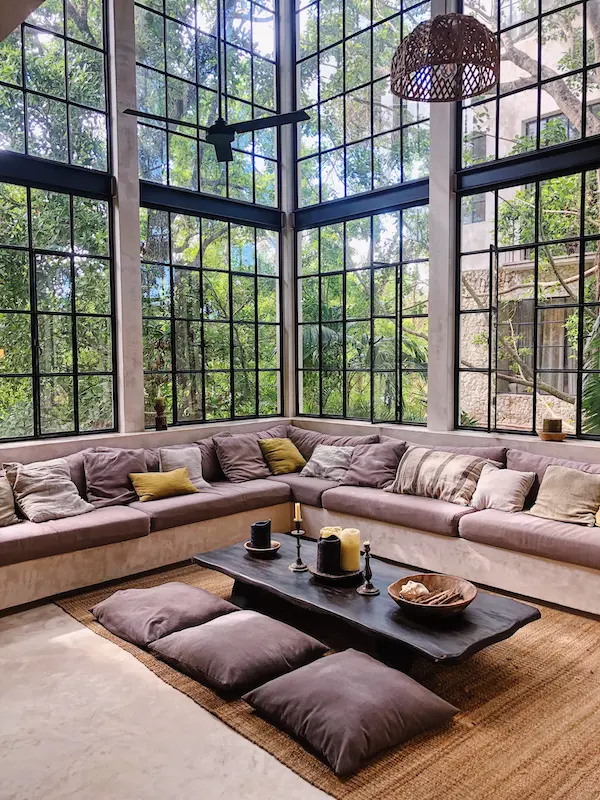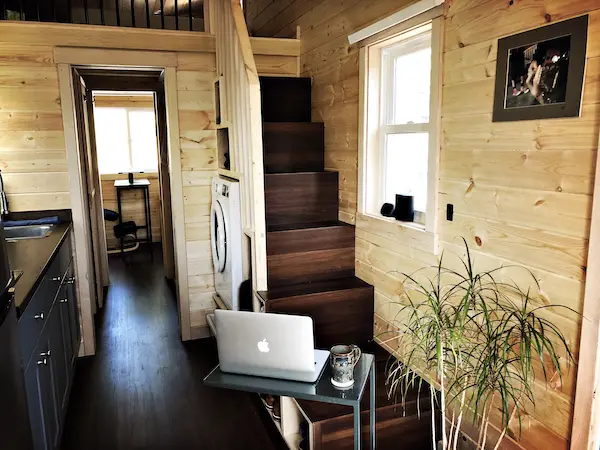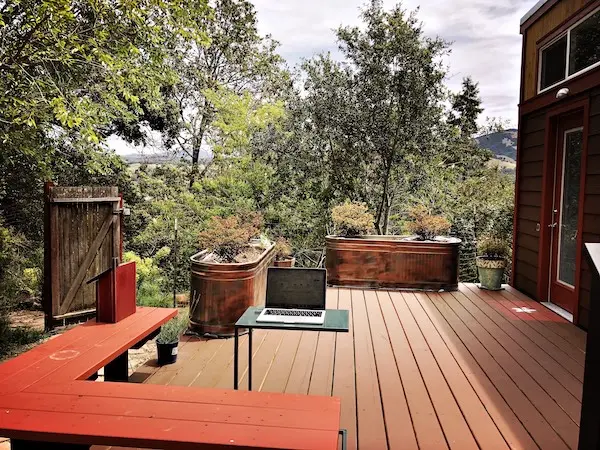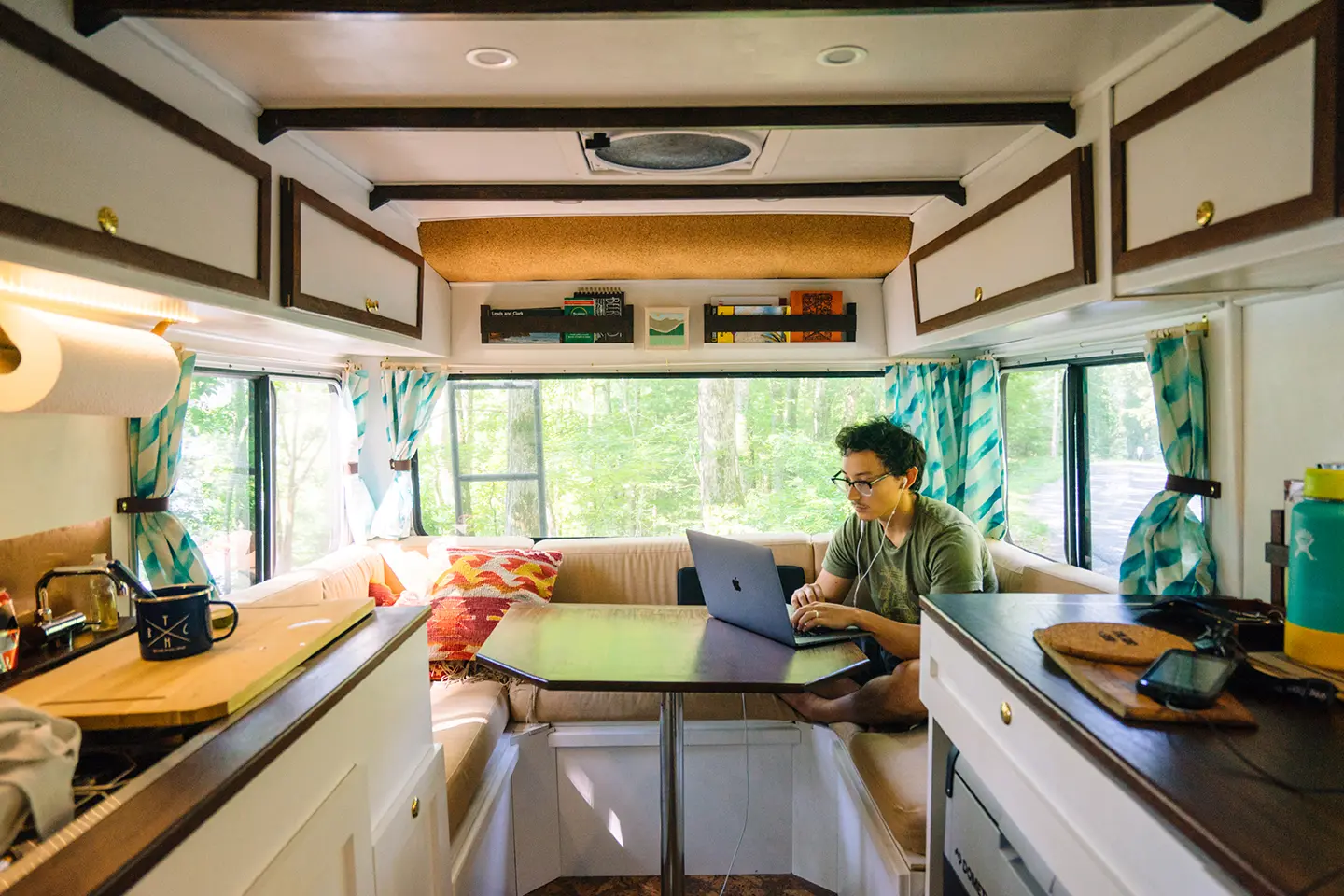
The best office is wherever you do your best work. Here are tips for finding your ideal place when you’re ready to roam away from home a little.
Now that working from home is evolving into working from anywhere, more people have more options when it comes to how remote or idiosyncratic their workspace can be. If you’re like some of my newly untethered co-workers, you might be taking advantage of new asynchronous collaboration tools, mobile hotspots, digital nomad visas, and more flexible work policies. Here are some tips to help you find the space where you can do your best work.
Expand your horizons with a digital nomad visa
For many years, pioneering countries like Estonia have focused on creating a digital society designed to welcome startups and entrepreneurs. So if you’ve got the urge to set up a remote office outside your home country, there’s been a wave of good news recently.
More and more countries—including Portugal, Argentina, South Africa, Latvia, and Italy—have announced plans to launch their own digital nomad visa programs. With the introduction of the Venywhere program, for example, economists in Venice hope to attract entrepreneurs from other countries to fill in the gap left by tourists and residents who’ve left the area since 2020.
Tap into new tools that make offline work easier
If you’ve ever felt tied to your home office because you had to stay close to a Wi-Fi connection for your next Zoom meeting, now you can rethink whether you even need that meeting in the first place. In recent years, new innovations have made async communication easier when real-time video conferencing isn’t possible.
When you’re working somewhere off the grid, you don’t always need to scramble to find internet access to meet in real time. New tools like Dropbox Capture let you get your message across with screenshots, GIFs, or simple videos recorded right on your screen. So now you have the option of sending quick video updates, walk through a tutorial, or give design feedback that your co-workers can watch when they have time.
There’s evidence to support the idea that forward motion helps your brain shake off uncertainty when you’re feeling stuck.
Practice finding creative flow on the go
For some creators, the cramped confines of an airplane don’t slow them down when they’re chasing a new idea. Others like to set up shop on a train with the snow-covered winter landscape of Norway scrolling along just outside the window. For me, there’s something about the feeling of forward motion when I'm in the car or riding a bike that helps me get into the zone.
There’s some evidence to support the idea that forward motion helps your brain shake off uncertainty when you’re feeling stuck. According to a 2018 study in the Journal of Neuroscience, scanning your environment—for example, moving your eyes from side to side when you’re walking or cycling—can quiet the fight or flight response in your amygdala because you’re confirming there’s no imminent threat nearby.
Immerse yourself in nature to lower stress
Scroll the r/remoteoffice subreddit and you’ll find photos of many scenic locales taken by digital nomads—from jungle-adjacent patios in Bali to picnic tables at a mountainside ranch.

The most experienced digital nomad I know is Quynh-Le Nguyen. Over the past two years, she's roamed to Mexico, Hawaii, New York, Oregon, Florida, and Georgia. As the Senior Social Media Manager at Dropbox, her work is fast paced and deadline driven. That motivates her to find an external environment that counteracts the internal pressure she feels.
To aspiring “slomads” who plan to stay in one location for a few weeks or longer, Quynh-Le recommends scouting AirBnb for locales with reliable Wi-Fi. She seeks out places with porches or decks that look out on scenic views—settings more spacious than her small studio apartment in SF—to help her get into a creative flow.

“Being in front of a computer all day, I tend to find a workspace near the ocean, palm trees, or anywhere with a tropical backdrop,” she says. “This relaxes me and helps me focus when I have multiple deliverables. I love being near hiking areas with lots of surrounding nature so I can explore during a lunch break or after work.”
Pro tip: Approach hammocks with caution—Quynh-Le recently discovered trying to balance in a hammock while working on a laptop is a bit trickier than it looks.
Select the setting that suits the task
A couple months ago, I moved to a tiny house in Sonoma County, California. What attracted me to this space was the abundance of natural light and cedar walls that give it a rustic cabin vibe.

Despite its size, the house actually has several micro nooks that I’ve turned into makeshift “offices.” I tend to get restless when I’m working. So whenever I’m switching tasks, I roam from one nook to another, using the front room for Zoom meetings, the kitchen for researching, the loft for focused writing, and the deck for brainstorming. No matter which nook I’m in, I have sight lines of magnolia trees and the black oak-covered mountains.

I feel lucky that I got to shift from a shared desk in an open office to a space steeped in nature. Another aspect I love about this space is that it’s close enough to town that I can ride my bike to work in a café when I want a change of scenery.
When I moved in, I had the choice of buying another Wi-Fi router or trying a mobile hotspot, and I’m really happy I went with the latter.
The mobile hotspot also helps break the monotony of working in one place too long. Instead of just looking at sunlit trees through my windows, now I’ve started exploring a wider range of outdoor settings—like parks and beaches—anywhere the cell signal is strong enough to let me do the same tasks I could do in my home office.
For more advice on roaming outside your comfort zone, check out Is it actually fun to work as a digital nomad?




